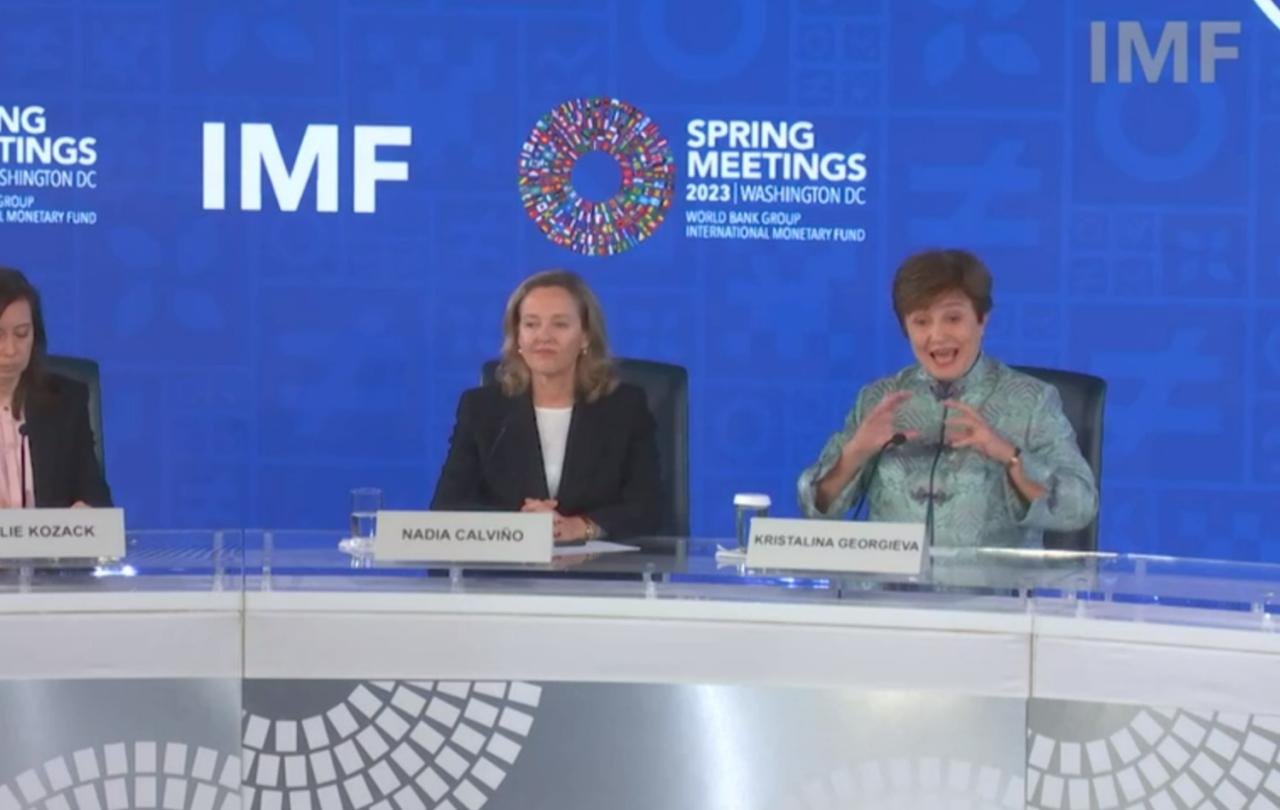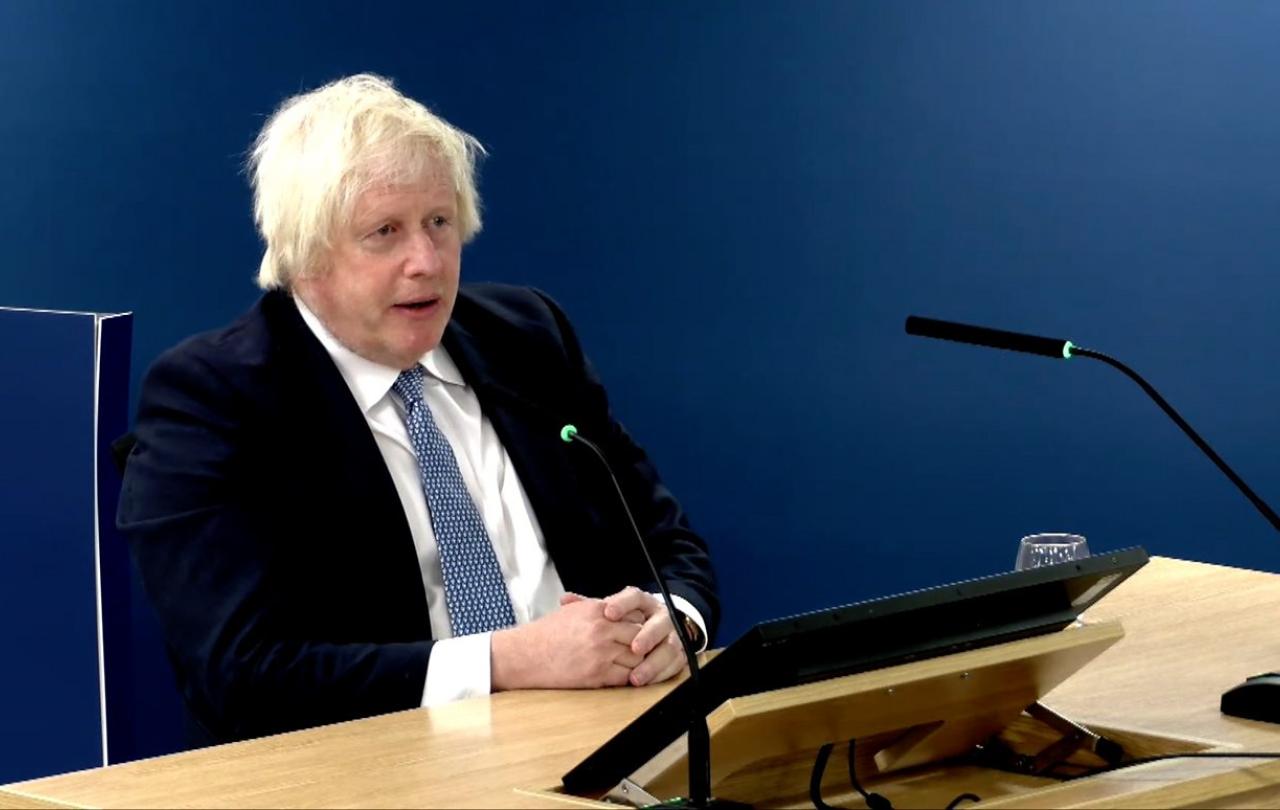
Discussions of GDP loom large in our current age. As we live under the shadow of the threat of a recession in the UK, ministers and commentators anxiously follow our country’s Gross Domestic Product, to see whether we are on the right track. Measuring the total value of goods and services produced in a country, this figure is a litmus test for the health of an economy. Crucially, many policymakers and leaders in government believe this figure reveals the health of a nation.
As we will see, not all agree. Opponents rightly highlight that an increase in GDP does not necessarily mean that ordinary citizens live better lives. There are good reasons to share this opposition from a Christian perspective. However, ultimately, the Christian tradition highlights a very different way to measure the health of a society.
In 2020 The Carnegie UK Trust, a think tank campaigning for greater welfare for all, published a new measure for social progress: GDWe (Gross Domestic Wellbeing). In brief, they gathered and processed ONS (Office for National Statistics) data on a variety of domains in life, giving them a single figure on a 10-point scale to rate well-being. These domains included personal well-being, relationships, health, vocational activities, living environments, personal finances, the economy, education and skills, governance, and the environment. When they plotted GDP against GDWe from 2013-9, they revealed that the two do not always line up. As GDP steadily increased from 2016, overall welfare in society dipped. From 2013-9 GDP increased by 10.34 per cent and GDWe only 5.19 per cent. Hence, measuring GDP does not necessarily reveal whether life is getting better for ordinary.
Economic resources are not useless... However, they are not sufficient unto themselves for us to live full and good lives.
This attempt to shift the conversation about social progress from predominantly centring GDP is commendable. The Bible does not legislate on whether to use GDP or GDWe. However, scriptures within it repeatedly decouple economic wealth from flourishing. For example, in the gospel of Matthew, Jesus says the following:
Do not store up for yourselves treasures on earth, where moth and rust consume and where thieves break in and steal, but store up for yourselves treasures in heaven, where neither moth nor rust consumes and where thieves do not break in and steal. For where your treasure is, there your heart will be also.
In life, we can either focus our efforts on attaining wealth or fostering our relationship with God. Only the latter will lead us to flourish. Economic resources are not useless; they are necessary for us to thrive in certain conditions. However, they are not sufficient unto themselves for us to live full and good lives. Furthermore, when wealth becomes the focus of our hearts and minds, our lives will be hollow and fractured. GDWe is a good measure, insofar as it acknowledges that economic flourishing is not the same as a good quality of life, and it attempts to shed light on the latter. However, the Christian tradition highlights a different framework altogether to grasp the health of a society.
Gregory of Nyssa, a fourth-century theologian and bishop, frames wellbeing as a human being reflecting the image of God to the greatest of their ability. The book of Genesis says that God made us all in His image. Gregory argues that this means that we can become like God in certain ways. God is the fullness of all good things, such as love, justice, peace, joy, and courage. Consequently, Gregory argues that when we act in good ways, we begin to share those characteristics, which in turn leads us to act well in the future. For example, if I defend someone who is under attack, I will become more courageous, and more likely to repeat the same action in the future. The more we reflect the image of God, by acting well and taking on His characteristics, the more we will flourish as individuals. In this vision of human flourishing, Gregory brings together an Aristotelian account of virtue, with a Christian understanding of people as the image of God.
This framework for the well-being of an individual also provides a good barometer for the health of a society. All of these actions and characteristics are building blocks for a healthy society. So long as we have a good sense of how to act appropriately with love, justice, peace, joy and courage, then our actions will build up our common life together. They benefit all, rather than one. They are not zero-sum actions. Accordingly, a society made up of individuals who are acting well and reflecting the image of God would be very healthy indeed.
As a measure of a society, we should ask whether it leads citizens away from virtuous actions and characteristics. For example, between 2019 and 2021, gun murders in the USA rose by 45%. Earlier this year, journalist John Burn-Murdoch argued this rise is partly due to decaying public trust in that country. This tells us that a culture marked by fear of others can lead some of its citizens to commit terrible actions and live lives full of violence. GDP may rise during this time, as may other markers of welfare. However, to see the whole picture we need also consider how societal forces are leading citizens away from flourishing in their reflection of the image of God. Then, we should go about addressing these malignant forces.
In times of adversity... individuals in societies marked by high levels of trust are more satisfied with their lives and act more benevolently.
At the same time, we should also consider how a society enables its citizens to reflect the image of God. Societies with high levels of social trust create space for a variety of positive actions and characteristics. The World Happiness Report studies people’s sense of life satisfaction worldwide. It routinely finds that in times of adversity, like the Great Recession in 2008 or the COVID pandemic, individuals in societies marked by high levels of trust are more satisfied with their lives and act more benevolently than others. Again, these social forces are not the same as GDP, yet they have a significant ability to shape the extent to which citizens can reflect the image of God, and thereby flourish.
In my work for the Joseph Centre for Dignified Work, I am particularly concerned with low-wage workers’ pay and conditions. As I have argued elsewhere, low pay leads to some workers needing to take on two or more jobs. They, consequently, have no time to see their children, nourish their faith, or participate in community institutions. It is clear, therefore, that the widespread pattern of paying below the Real Living Wage (£11.94 p/h in London, £10.90 elsewhere), hinders people in their expression of love for God, family and neighbour. Pay and conditions are but one further example, amongst many, of how societal forces can hinder or help our flourishing in the reflection of the image of God.
Needless to say, GDP and GDWe are still useful and necessary tools. However, they do not tell the full story. GDP only describes the progress of the economy as a whole, and GDWe can only describe the quality of an average person’s life. In contrast, when we set a goal that each citizen should reflect the image of God, we can begin to explore how societal forces enable or squeeze out this aim. With this greater knowledge in mind, we can strive for progress in our nation by fostering good structures and stamping out bad ones, so that all may reflect the image of God to the greatest of their ability.





